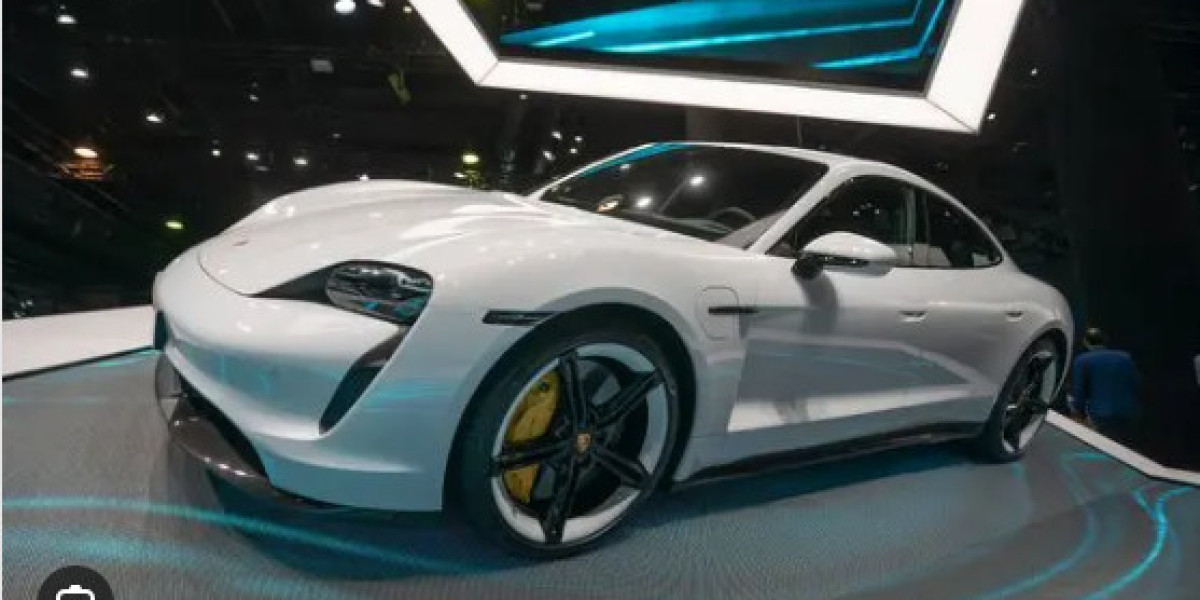Money has evolved many times throughout human history — from gold coins to paper notes and now to digital forms. In recent years, the rise of cryptocurrencies, mobile payments, and Central Bank Digital Currencies (CBDCs) has sparked debate: will physical cash still exist in 2040, or will digital currencies completely replace it?
1. The Rise of Cryptocurrencies
Bitcoin, launched in 2009, introduced the world to decentralized digital money. Since then, thousands of cryptocurrencies have emerged, offering faster transactions, lower fees, and borderless payments. Although volatility remains a major issue, cryptocurrencies are pushing banks and governments to rethink traditional money systems.
2. Central Bank Digital Currencies (CBDCs)
Governments are not standing still. Many central banks, including those in China, the European Union, and even developing nations, are experimenting with CBDCs — digital versions of national currencies. Unlike Bitcoin, CBDCs are government-backed, meaning they combine the efficiency of digital payments with the stability of traditional money. By 2040, it is likely that most countries will have some form of CBDC in circulation.
3. Mobile Wallets and Everyday Payments
Even without crypto or CBDCs, the world is already moving away from cash. Mobile wallets like Apple Pay, Google Pay, Alipay, and M-Pesa in Africa are making cashless transactions the norm. Younger generations, especially Gen Z, are growing up in a world where digital money is natural and physical cash feels outdated.
4. The Benefits of Going Digital
Digital currencies bring several advantages: faster international payments, lower costs, better tracking for businesses, and fewer risks of theft compared to carrying cash. For governments, digital money also means better tax collection and reduced black-market activity. For consumers, it could mean instant payments anywhere in the world.
5. Risks and Challenges
But the shift to digital money isn’t without concerns. Privacy is one of the biggest debates — digital transactions can be tracked, raising questions about surveillance. Cybersecurity risks also grow as hackers target financial systems. Moreover, in rural areas or countries with poor internet access, cash still plays a vital role. A complete shift away from cash could leave some communities behind.
6. What Will 2040 Look Like?
By 2040, cash will probably not vanish completely, but it may become a niche payment method — similar to how checks are today. Digital currencies, both decentralized (like Bitcoin) and centralized (like CBDCs), will dominate transactions. Most people will pay with smartphones, wearables, or even biometric systems like fingerprint or facial recognition.
? Conclusion
The world is moving toward a cashless future, but a hybrid model is likely in the near term. By 2040, digital currencies will dominate, though cash will survive in small pockets. For individuals and businesses, adapting early to digital money systems will be key to staying ahead in the new financial landscape.







